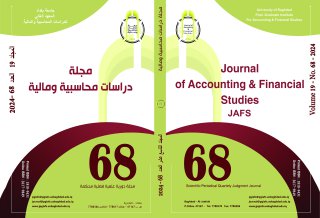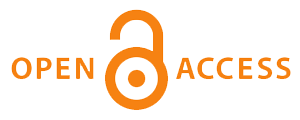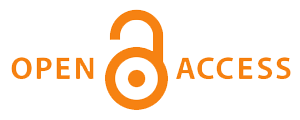The Impact of the Cash Flow, Solvability, and Working Capital on Accounting Profitability with Capital Structure as a Mediation
Qatar Stock Exchange Case Study Period 2018–2022
DOI:
https://doi.org/10.34093/678r6n84الكلمات المفتاحية:
Cash Flow، Solvability، Working Capital، Accounting Profitability، Capital Structureالملخص
The objective of this study is to analyze the impact of cash flow (CF), and solvability measured by the debt-to-asset ratio (DAR), and debt-to-equity ratio (DER). Working capital (WC) over accounting profitability is measured by return on assets (ROA). using capital structure (CS) as a moderating variable. Using the audited financial lists of 40 companies that were part of the study sample, they were listed on the Qatar Stock Exchange for 2018–2022. The data used are a mixture of cross-sectional and time-series data. using purposive sampling techniques. Quantitatively and hypothetically, the results were estimated using EViews 12 for relationships between variables using fixed least squares (PLS) regression effects models. Because the data included both cross-sectional and time-series characteristics, The analysis of the results shows that cash flow (CF), debt-to-assets ratio (DAR), and working capital (WC) have a significant positive effect on ROA. While capital structure (CS) as a moderating variable does not affect the effect of CF and DAR on ROA, at the same time it has a negative effect on the effect of WC on ROA. However, the debt-to-equity ratio (DER) has a weak negative effect on ROA. At the same time, CS, as a moderating variable, has a positive effect on the effect of DER on ROA.
التنزيلات
منشور
إصدار
القسم
الرخصة
يتمّ نقلُ حقوق النّشر إلى المجلّة عند إخطار الباحث بقَبول بحثه المقدّم للنّشر في المجلّة.





